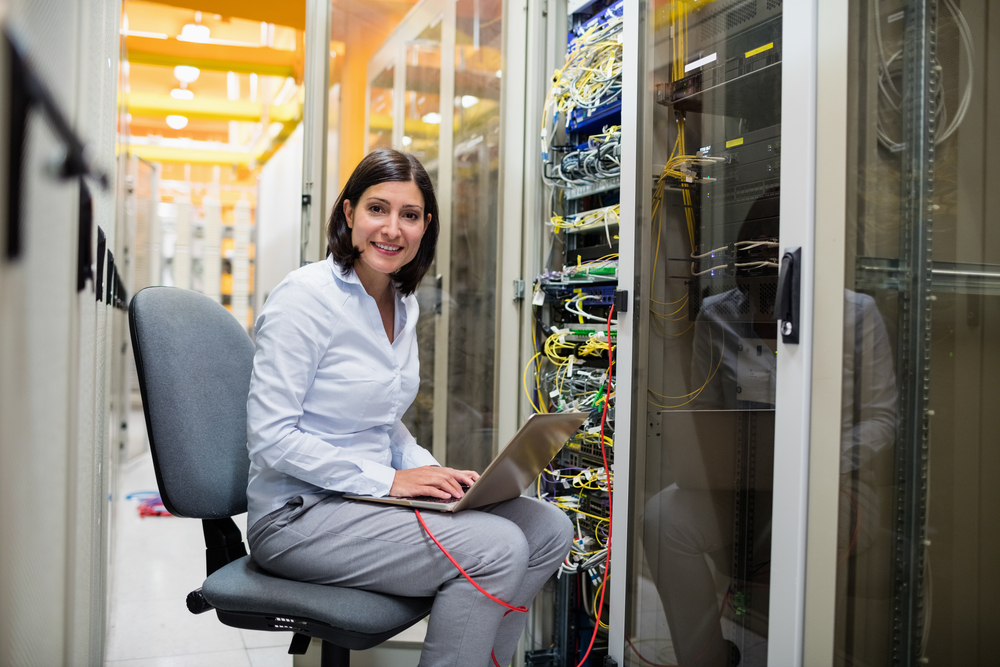
COVID Concepts: Smarter Scheduling
As the COVID-19 pandemic continues to evolve, the foodservice industry is forced to adapt in order to survive unpredictable times. New practices and processes are being adopted by restaurants to protect food handlers and customers from COVID-19. With the reopening of the country seemingly on the horizon, it is critical that the foodservice industry take appropriate measures to continue protecting those that rely on it the most.
Failure to act carefully and proactively can and will result in failure. With so many lives and livelihoods at stake, taking the initiative to protect your employees and customers at all costs is crucial to the survival of your business in a post-COVID world.
The importance of smart scheduling
Protecting your staff and customers means completely rethinking the way your business handles the scheduling of employees. One of the most insidious things about COVID-19 is that carriers of the virus can be pre-symptomatic or asymptomatic, meaning that they can spread it to others around them without knowing. This means that it would take just one of your employees to carry the virus asymptomatically, infecting employees working beside or around them.
This invisible spread could have disastrous consequences for your business and all those who depend on it, with employees unknowingly spreading COVID-19 to each other, family members, and ultimately, your customers. A smarter approach to scheduling is one of the most effective ways of reducing the possible spread of COVID-19 through your workforce. This new approach will need to be closely adhered to until the risk of COVID-19 has subsided - complacency is not an option.
Creating A and B teams
In order to limit the possible spread of COVID-19 throughout your workforce, you should create A and B teams. Larger businesses with more employees may require C and D teams as well. When forming these teams, group together employees who you know will work well together on a long-term basis. Members from team A should never come into contact with other team members until the threat has subsided.
The creation of separate teams means that if a member from team A becomes ill and spreads the virus to other members of their team, employees from team B can continue to work without risk while the other team’s employees recover. Not only does this strategy protect your employees, but it will also greatly improve the likelihood of business continuity in the event of an outbreak.
Schedule strict arrival times
We’ve previously written about conducting wellness reporting on all employees and contractors who enter your facilities. These checks will require taking employee temperatures and asking a series of questions about potential risk factors, which should be done without others present.
Staggering employee arrival times 3-5 minutes apart will allow your team to perform adequate wellness checks on each employee while ensuring that employees can socially distance from colleagues and receive privacy until the wellness check has been completed.
Staggered food preparation and production
In addition to creating specific teams of employees, staggering food preparation and production can minimize the risk of COVID-19 transmission. For example, you could schedule specific food handlers to prepare the food beforehand (mise en place), with a separate group of employees then cooking and serving the food.
This way, if one member of the team is found to be COVID positive, everybody else in that same group will have avoided contact with them. In retail environments, it is recommended that you stagger scheduling those who are picking orders for curbside pickup and delivery to work at a different time than employees who are working in a public-facing capacity.
Schedule regular disinfection
Restaurants and retail locations feature many shared surfaces that are used by a wide range of employees. With so many people using these surfaces, it is critical that you schedule regular disinfection of these surfaces at least every 30 minutes and between all shift changes. Some of the high touch surfaces that will need to be disinfected include door handles, light switches, garbage cans, toilets, faucets, drawers, keyboards, touch screens and any other shared consoles and equipment.
This will require the addition of a full time cleaner on each team who will continually disinfect surfaces during operation.
Schedule breaks with social distancing in mind
Even with employees having gone through regular screening and broken up into strict teams, you will still need to be vigilant about maintaining social distancing wherever possible. This will be especially important in break rooms, where employees are typically in close contact with each other. Scheduling staggered breaks with fewer employees in break rooms permits physical distancing.
While the current circumstances aren’t ideal, taking the proper precautions will mean that your business is able to weather the storm and come out on the other end stronger and better prepared for the future. Proactive measures like smarter scheduling ensures that your employees and customers will be kept safe, even in the event of a workplace outbreak.
FoodSafetyMarket is a leading provider of nationally certified food handler training, infographics, and training supplies. For more information about the online food handler training offered by FoodSafetyMarket, contact us today at service@foodsafetymarket.com.

